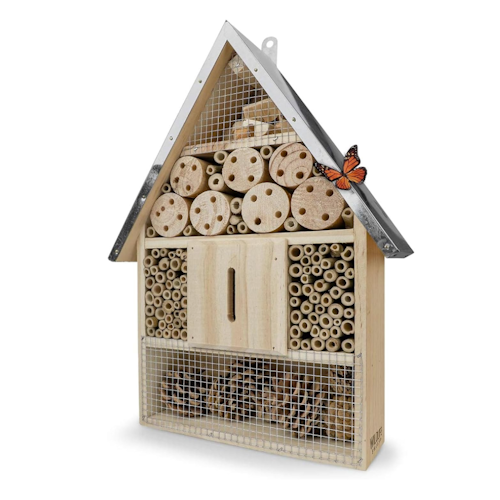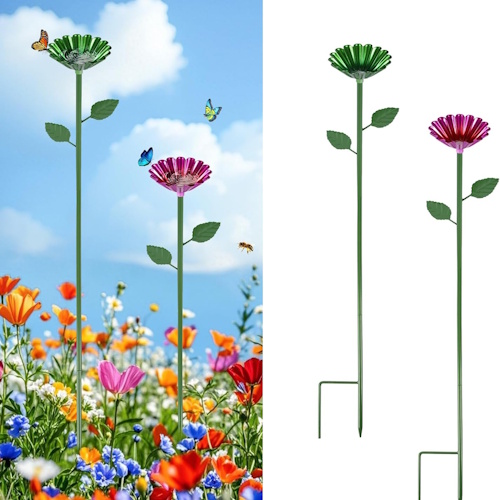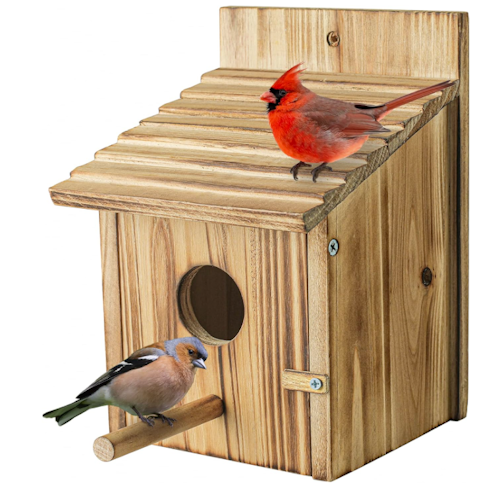Wildlife Experts Warn These 3 Fall Yard Clean-Up Mistakes Could Harm Birds, Mammals, and Insects – Luckily, Avoiding Them Couldn't Be Easier
Keep wildlife in mind when doing garden maintenance this season
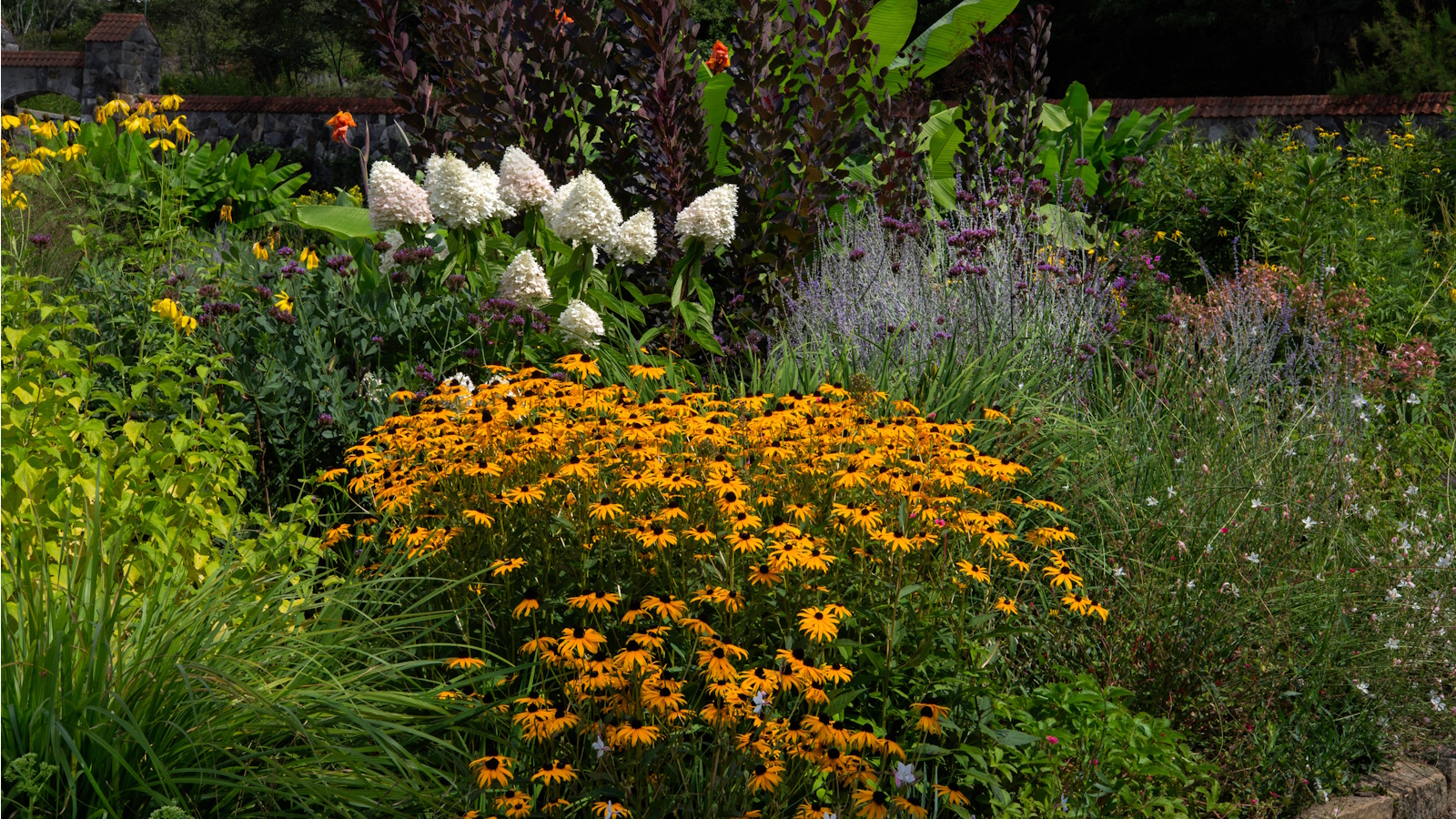

Fall is one of the busiest times of year for us gardeners. We're rushing to tidy up after summer, give our plants some TLC ahead of winter, and ensure all our tools are stored properly. In ticking off these tasks, you may be making some detrimental fall yard clean-up mistakes that harm wildlife.
Whether it's removing all possible shelter for wildlife or using harmful cleaning materials and pesticides, there are a few things that could go wrong and hinder garden wildlife safety in fall and winter. At the same time, it is important to get essential tasks ticked off your fall gardening checklist, but you do need to keep in mind how tidying up can impact the wildlife garden aspects of your yard.
To make sure you avoid such fall yard clean-up mistakes, I've spoken to wildlife garden experts. Here, they share the most common errors made at this time of year and how to avoid them.
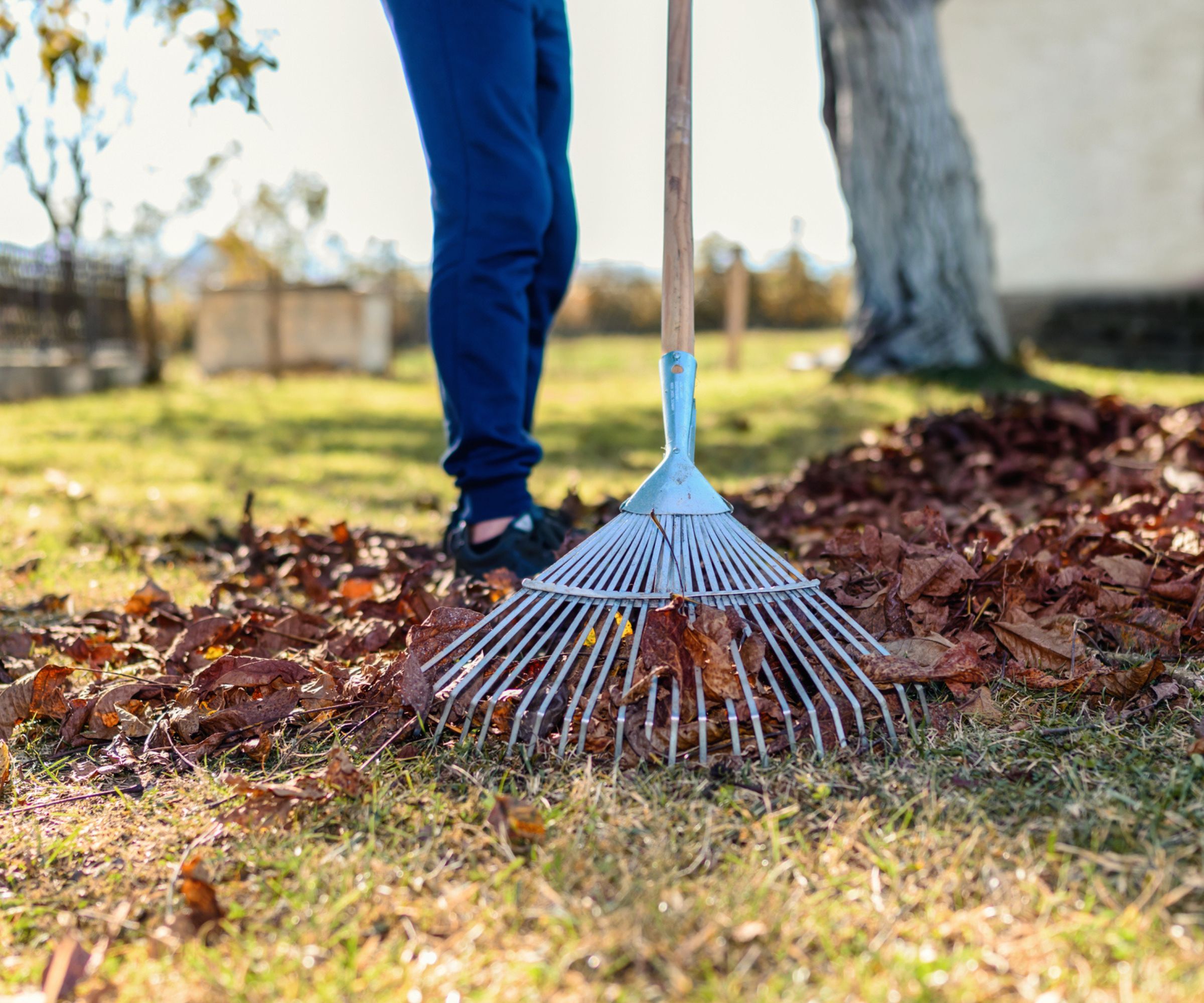
3 Fall Yard Clean-Up Mistakes That Harm Wildlife
Not only does over-tidying your yard harm hibernating wildlife, but failing to clean water sources and feeders can also be harmful, as well as using chemicals in your clean up efforts. Here's how to avoid these common fall gardening mistakes.
1. Forgetting to Clean Your Bird Bath
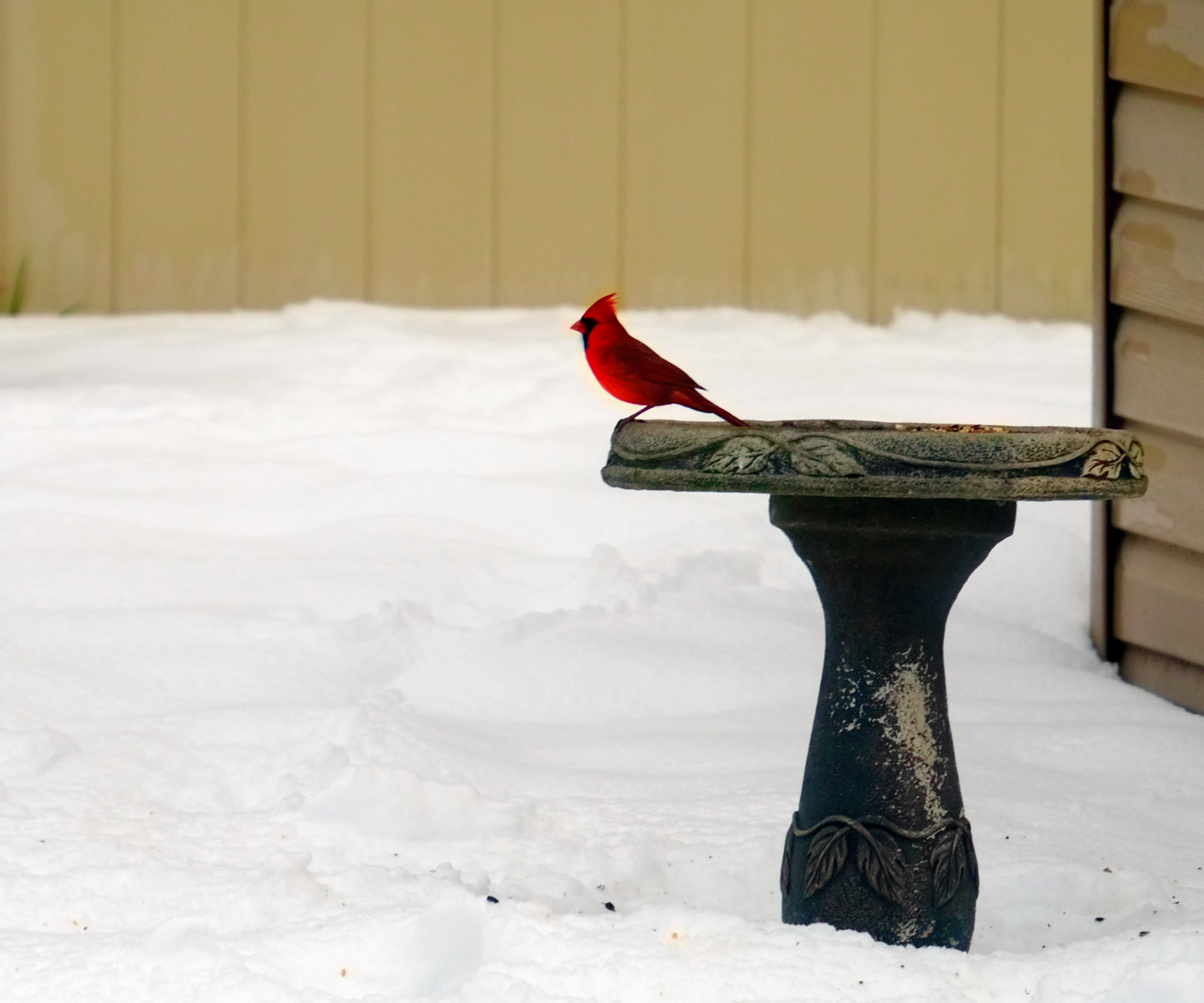
To help garden birds in winter, you need to ensure they can still find food and water in your yard. If these sources are not clean, however, it could cause harm in the form of bacteria.
'Dirty or stagnant water can spread disease among birds and mammals,' notes Peter Gros, wildlife expert and co-host of Mutual of Omaha's Wild Kingdom.
It can, of course, be easy to neglect your bird bath in the midst of all the fall pruning you need to get done.
Design expertise in your inbox – from inspiring decorating ideas and beautiful celebrity homes to practical gardening advice and shopping round-ups.
'In winter, when natural sources freeze, birds rely on accessible water for drinking and bathing. A shallow, clean birdbath, ideally with a small heater or refreshed daily, can make a huge difference to their survival,' says Mary Mack Gray, ornithologist at Birdbuddy.
Luckily, it's easy to clean your bird bath. You can even purchase products like this bird-safe bird bath cleaner from Amazon.
Going forward, you should also use methods to stop your bird bath freezing over in winter, to ensure birds can access fresh water during the coldest months.

Peter Gros is a veteran wildlife expert who shares his love for wildlife and wilderness with families and children throughout the country. He has nearly 30 years of field experience with wildlife and has been a part of Mutual of Omaha’s Wild Kingdom since 1985.

Mary is a wildlife biologist with over a decade of experience in research, conservation, and regulation of endangered and imperilled species. Mary's expertise is in avian ecology, specifically: cooperative breeding; reintroductions/translocations; behavioral ecology; endemic & fire-dependent habitat specialists; and habitat management.
2. Removing All Dead Plant Matter
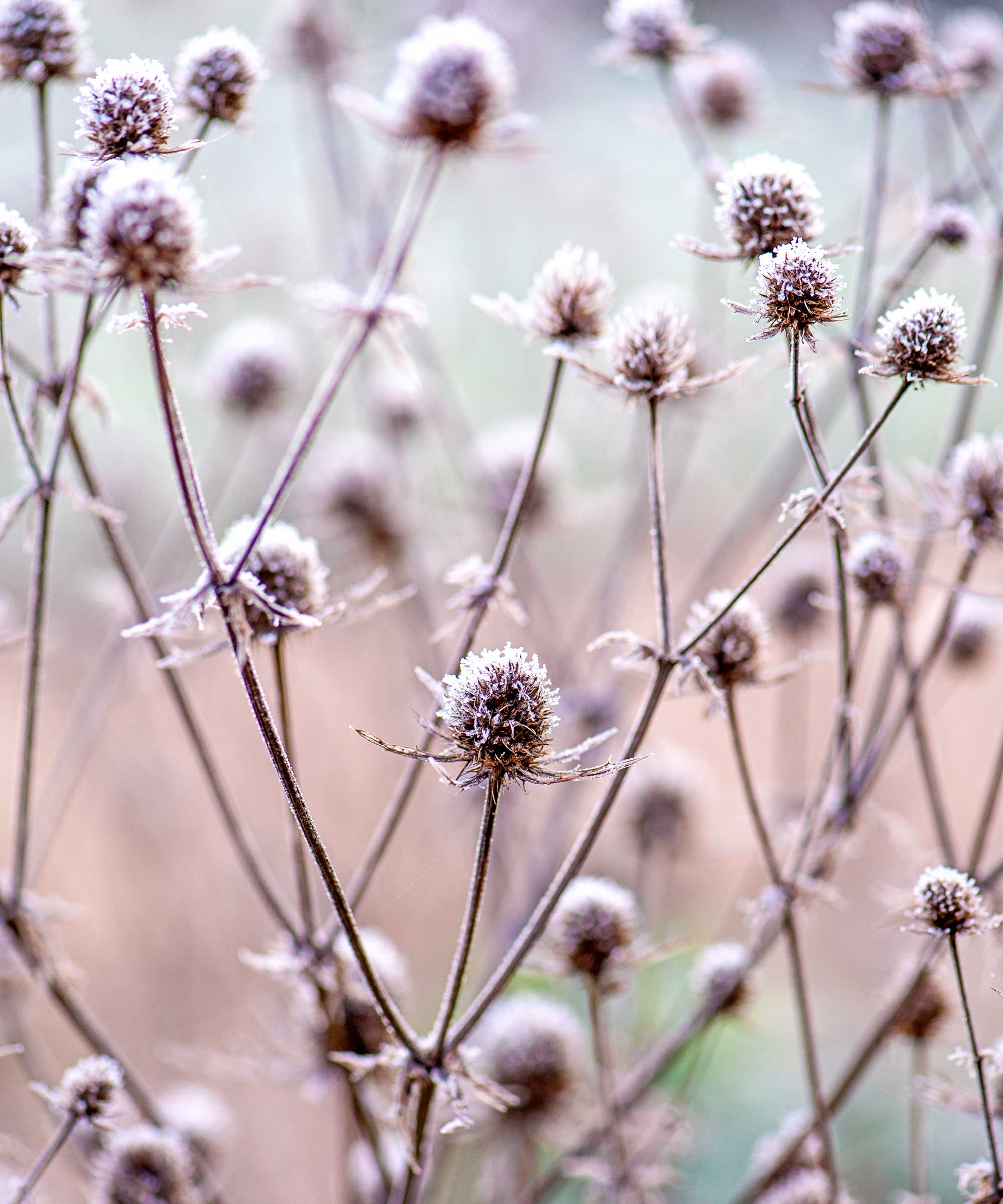
As much as the fall garden landscape is beautiful, there's no doubt it can be overwhelming for those of us who prefer a neater look. But, before you jump in with collecting fallen leaves and removing spent blooms this season, keep small mammals, insects, and birds in mind.
'Fallen leaves and deadwood are necessary shelter for wildlife,' says ecologist Dr. Amy Karpati. 'Small mammals, turtles, and amphibians like salamanders and toads use the layer of leaf litter as a winter blanket, insulating them against the wind and cold during hibernation.'
In fact, you can actually make your yard wildlife-friendly before frost by creating intentional leaf piles for an insulated shelter. This is a great way to provide a neater look, too, without fallen leaves strewn across your entire lawn.
'You should also keep seedheads from perennials like marigolds, asters, and black-eyed Susans,' says Mary.
'These provide food for birds in winter and shelter for pollinators. Roughly 95% of songbirds feed insects to their young, so maintaining overwintering insect habitats is essential to support species like chickadees, cardinals, and bluebirds,' she adds.
Another bonus is that seedheads provide some architectural plant interest for the fall and winter garden, looking especially beautiful when touched by frost.

Amy Karpati is an ecologist and educator. She's previously worked as a conservation biologist and environmental advocate in the New Jersey Pinelands and as an ecological consultant on various projects. She is currently a faculty member at Columbia University where she teaches in the Masters in Sustainability Management program through the School of Professional Studies.
3. Using Pesticides
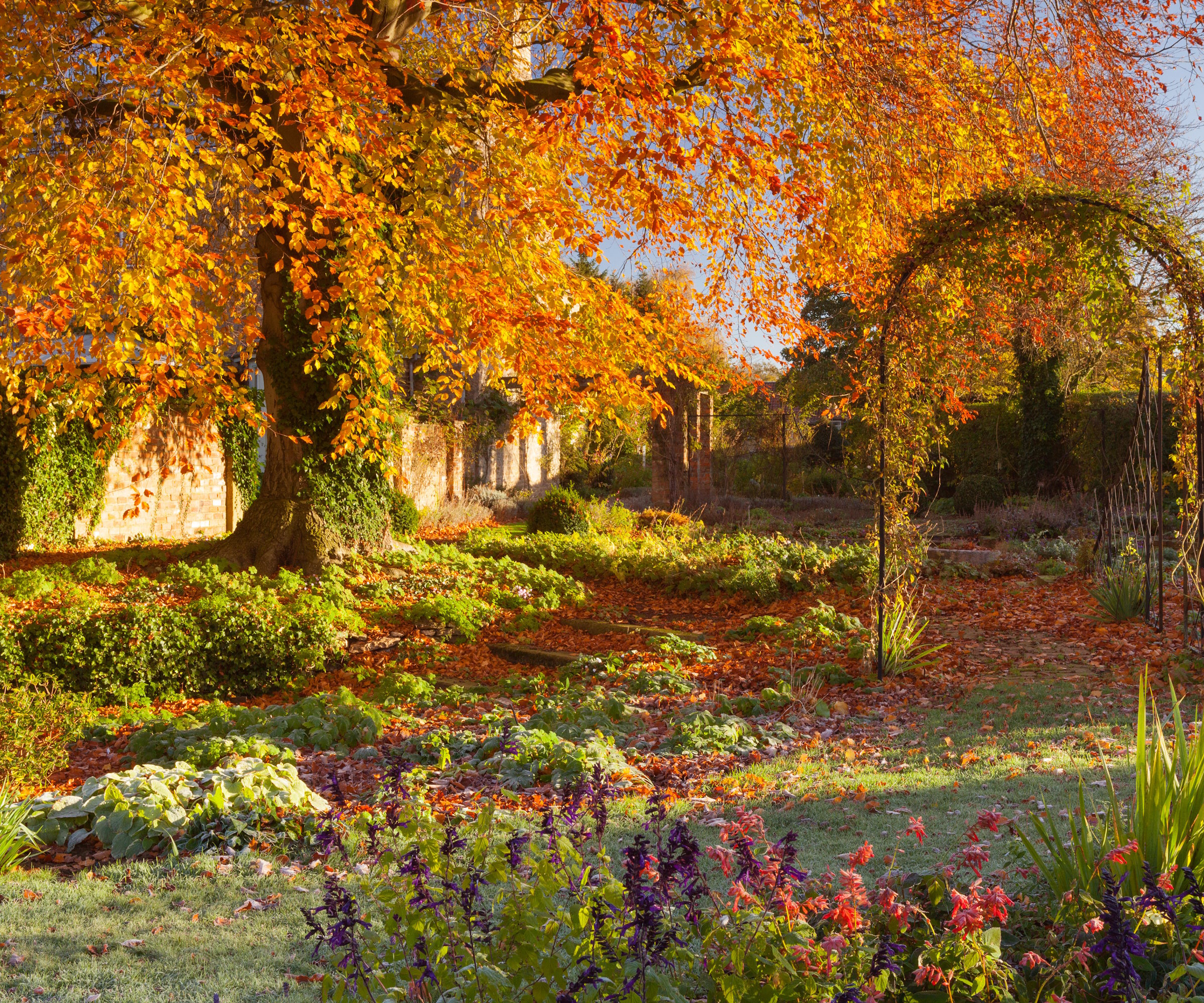
As you check in with all of your plants after a summer of abundant blooming, you may come across some of the most common fall garden pests. Pesticides often provide a quick solution, but in the long term, they can impact the biodiversity in your yard.
'Pesticides kill beneficial insects, which disrupts the food chain, later impacting garden birds,' Mary explains.
Likewise, weed killers contain chemicals that can harm the wildlife in your yard.
Instead, turn to natural pest control methods and non-chemical ways to get rid of weeds.
For example, you can use weeding tools, like this weed puller from Amazon, or try making a homemade bug spray.
FAQs
Should I Keep My Grass Long for Wildlife in Fall?
It's beneficial to keep parts of your lawn long in the fall for wildlife because it can provide essential shelter during this season. Of course, fall lawn care (including mowing) is important for the health of your grass, but even dedicating just a patch of long grass can go a long way for small mammals and beneficial insects.
Not only do these fall yard clean-up mistakes harm wildlife, but actively avoiding them will also help attract wildlife to yard in fall. Consider also adding the following features to your yard to offer wildlife support this season:

Tenielle is a Gardens Content Editor at Homes & Gardens. She holds a qualification in MA Magazine Journalism and has over six years of journalistic experience. Before coming to Homes & Gardens, Tenielle was in the editorial department at the Royal Horticultural Society and worked on The Garden magazine. As our in-house houseplant expert, Tenielle writes on a range of solutions to houseplant problems, as well as other 'how to' guides, inspiring garden projects, and the latest gardening news. When she isn't writing, Tenielle can be found propagating her ever-growing collection of indoor plants, helping others overcome common houseplant pests and diseases, volunteering at a local gardening club, and attending gardening workshops, like a composting masterclass.
